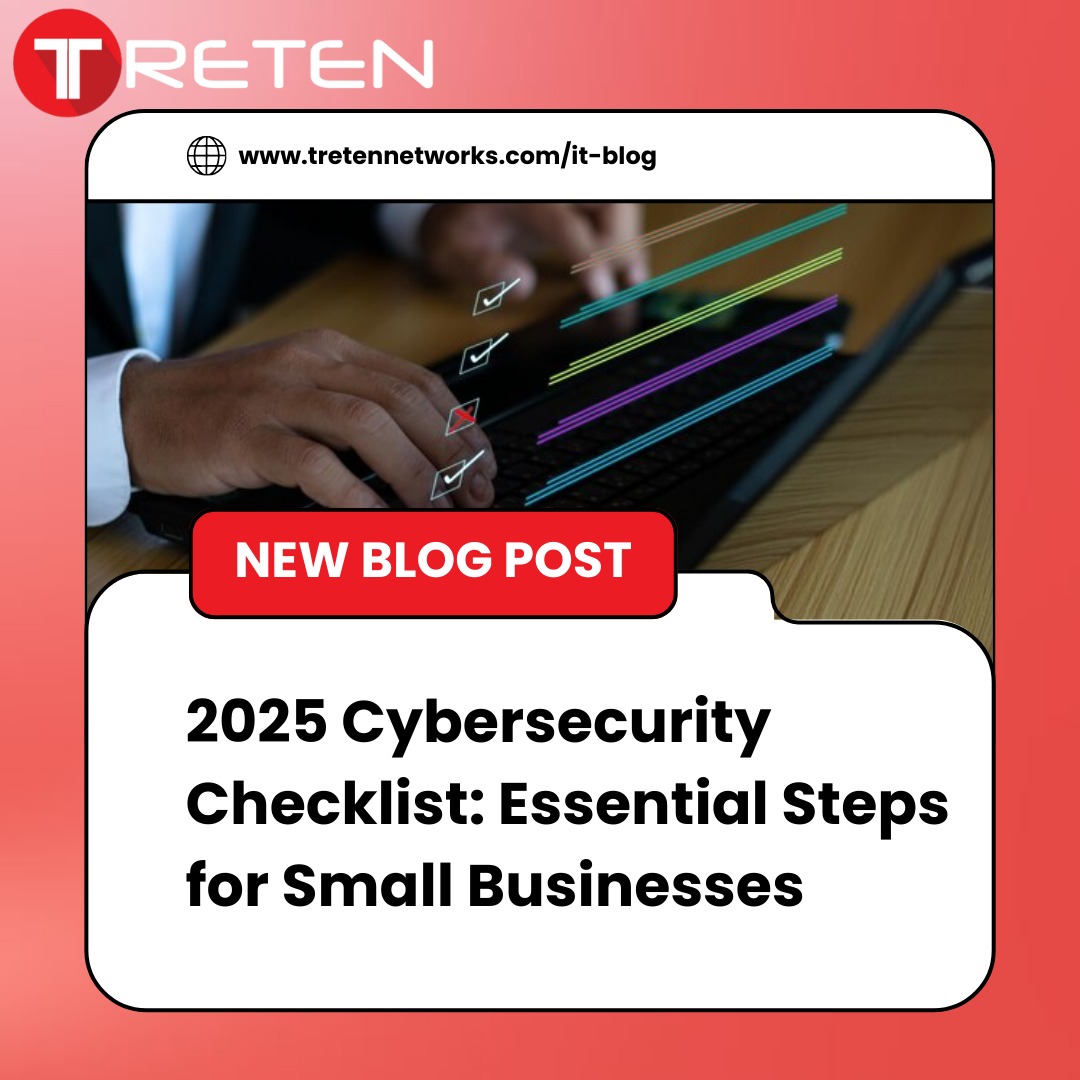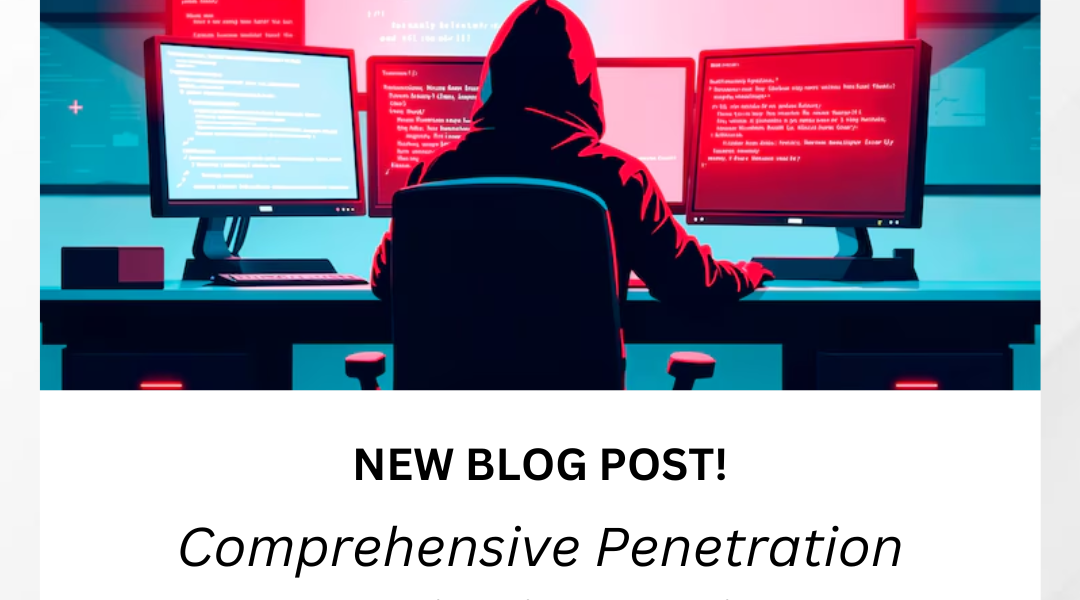2025 Cybersecurity Checklist: Essential Steps for Small Businesses

See, We get it. Running a small business is like juggling blazing torches whereas riding a unicycle. You’re continually putting out fires, chasing due dates, and attempting to keep your head over water. Cybersecurity? Better believe it, it can feel like just one more thing on that unending to-do list. But believe me, it’s vital.
We have seen alot of time firsthand how cyberattacks can cripple small businesses. Ransomware? It’s not just a hypothetical risk. In 2024, ransomware assaults against small businesses grew by 43% (Source: Verizon). Envision your whole operation crushing to a stop since your critical records are shut down.
Phishing? These slippery emails are fantastically compelling. In reality, 94% of cyberattacks on small businesses start with a phishing e-mail (Source: Deloitte). It’s like allowing your door opened and welcoming trouble interior.
And data breaches? Let’s just say, your clients won’t be happy in case their individual data closes up on the dark web. Not as it were does it harm your reputation, but it can too lead to strong fines and legitimate troubles.
The Good News? You Don’t Have to Be a Tech Wizard.
This isn’t about becoming a cybersecurity ninja. It’s about taking smart, proactive steps to protect yourself. Think of it as putting on a good pair of shoes before you go hiking – you’re preparing for the journey.
1. Train Your Team (Like, Really Train Them)
Phishing Simulations: We run these regularly for our clients. It’s astonishing how numerous individuals still tap on suspicious links. These simulations are significant for raising awareness and building a solid defense.
Cybersecurity 101: I continuously emphasize the significance of ongoing training. In 2024, human blunder was a figure in 82% of data breaches (Source: Keepnetlabs). By teaching your group, you engage them to be the primary line of defense.
2. Passwords: Make ’em Strong (And Don’t Reuse Them!)
Password Power-Up: Ditch the easy ones (like “password123”). Think of a unique password for each account, a blend of letters, numbers, and signs.
Two-Factor Verification (2FA): This is often a game-changer. It’s like including a second lock to your door.
Besides your password, you need something else to log in (like a code sent to your phone). According to a recent study, MFA can block 99.9% of account compromises (Source: Microsoft).
3. Back Up Your Data (Seriously, Do It)
The 3-2-1 Run the show: Typically the golden rule of data protection: 3 duplicates of your data, on 2 diverse sorts of storage (like your computer and the cloud), with 1 duplicate stored off-site.
Test It Out: Don’t just back up and forget about it. Frequently test your backups to guarantee you’ll really restore your data when required.
4. Secure Your Remote Workforce (If You Have One)
VPN is Your Friend: If your employees work from home, a VPN is essential. It creates a secure tunnel for their work traffic, keeping their data safe.
Device Security: Make sure their personal devices are protected with antivirus software and strong passwords.
5. Network Smarts
Firewall Up: Think of your firewall as the gatekeeper to your network. It carefully screens all incoming and outgoing traffic, keeping out unwanted visitors.
Stay Updated: Keeping your software and operating systems updated is crucial.
6. Don’t Go It Alone
Consult the Experts: I always recommend seeking guidance from cybersecurity professionals. We can help you assess your risks, recommend the right solutions, and even help you implement them.
Remember: Cybersecurity is a continuous journey, not a destination. It requires nonstop carefulness and a proactive approach. By taking all these steps above and joining forces with experienced cybersecurity experts, you can protect your business from the ever-evolving threats and focus on what you are doing best which is running your business.


